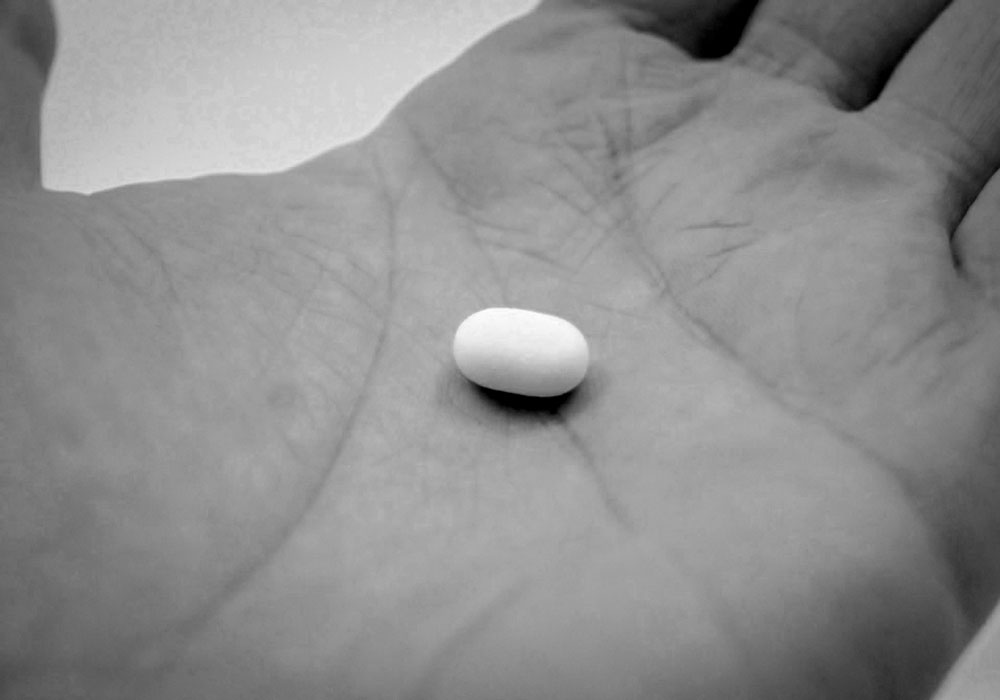U.S. drug pricing systems are difficult for patients to understand, cumbersome to maneuver, and limited in access and affordability. In Medicare’s current structure, certain medications are designated as a protected class of drug, and Medicare Part D plans are obligated to cover them.
In November 2018, Department of Health and Human Services (HHS) Secretary Alex Azar and Centers for Medicare and Medicaid Services Administrator Seema Verma issued a joint statement to promote President Trump’s goal of lowering prescription drug costs to patients by adjusting elements of Medicare Part D.
Pharmaceutical companies are reluctant to provide information about their pricing models, and therefore patients haven’t had the transparency to make informed decisions about the cost of their care. The proposed change would foster market competition in an effort to lower overall costs.
In their statement that emphasized change, Azar and Verma said, “To modernize the program and empower plans to drive down costs for beneficiaries who need these drugs, today’s CMS rule proposes to permit greater flexibility in the protected classes. Specifically, we propose allowing plans to exclude from their formularies protected class drugs with price increases that are greater than inflation, as well as certain new drug formulations that are not a significant innovation over the original product.”
Azar and Verma added that the new Part D adjustment would allow plans to use prior authorization and “step therapy” to ensure that patients are provided the most appropriate, cost-effective options first.
HHS has stuck to its recent policy goals. Although open to public input, the agency is firm in finding new ways to negotiate for lower costs to prescription medications. Additional recommendations are expected for 2020, further reflecting the department’s intent to realign drug costs for beneficiaries.






